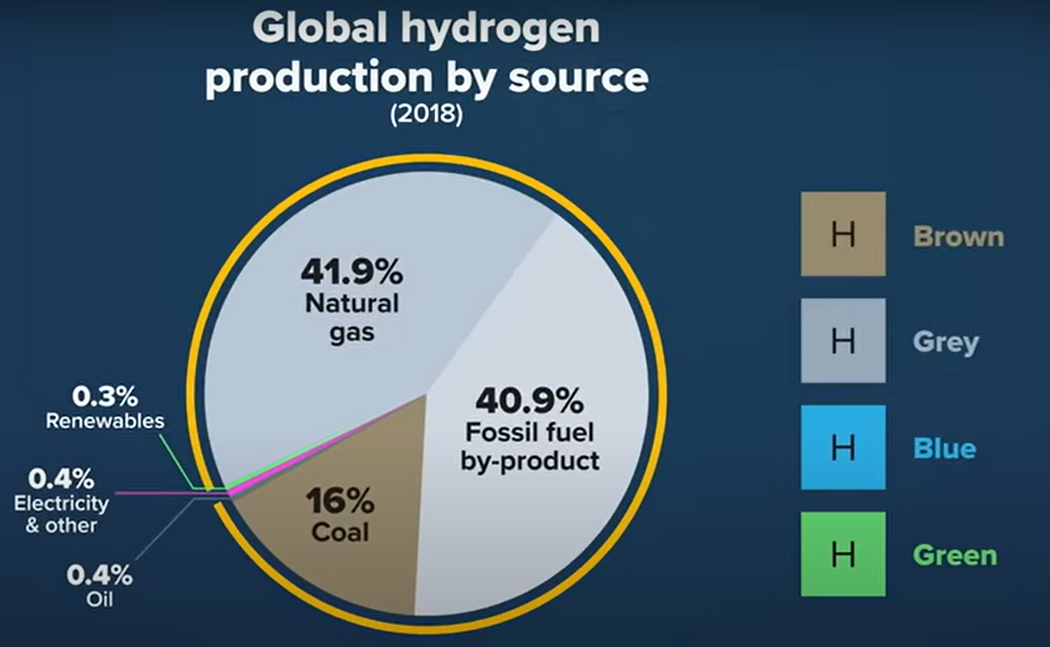Ever come across the word “Green Hydrogen”? The Indian government announced at the start of 2023 that is going to fund INR 20,000cr or USD 2.3bn nearly on green hydrogen projects, as a part of its plan to become energy-independent by 2047 and achieve Net-Zero emissions by 2070.
But why Hydrogen to start with? And what does Green mean here?
If you’ve observed, most of our energy to run industries and transport in India comes through petroleum and coal. But most of this form of energy is imported, thus increasing dependence on other countries. Also, most such commodity prices are determined by the actions of OPEC (as explained here).
Not to mention the emissions and climate impact such fossil fuels have on our environment.
In the quest to find an alternative, many countries across the world have now started investing in the production of Hydrogen.
But, why Hydrogen?
As per Haim Israel, MD of Research Head of Global Thematic Investing, BofA Securities, “ Renewable energy can get you so far in reducing total emissions across the world by about 50–60%. But there are many industries and situations which are not dependent on renewable energy but still emit. So how can you build a solution?”
This is where Hydrogen enters where it can act as an alternative energy supply/fuel to cement & steel industries and also for long-haul transport.
It could have been any other gas but Hydrogen's abundance as an element makes it special. But most often, it is always part of other compounds like water H2O or methane CH4 as hydrogen is very reactive. So, it needs to be separated from such compounds using processes like electrolysis.
And why are we talking about “Green” hydrogen?
In today’s world, with emissions skyrocketing, it is highly important that we produce materials with the least emissions possible.

Hydrogen being abundant in many compounds can be produced from coal, oil or even solar!
There are different colour codes to denote the way Hydrogen is produced.
Brown hydrogen represents hydrogen produced using coal as raw material.
Grey hydrogen is hydrogen produced using natural gas.
Both the above types are usually produced using Gasification or Steam-methane reformation processes. Both these processes produce a large amount of CO2 as an end-product
If that CO2 is captured using Carbon Capture Technologies, then that hydrogen is called Blue Hydrogen.
There are other colour codes too which denote the production of hydrogen like pink(when nuclear power is used), turquoise (pyrolysis is done on natural gas) and yellow(when solar is used for electrolysis of water).
When do we call it Green Hydrogen?
The hydrogen produced through electrolysis of water by using the combination of wind/solar/ other renewable energies.
Around the world, hydrogen is currently used in oil refining, ammonia production, methane production and steel production. But more than 80% of the hydrogen used here is not climate-friendly as it is either brown or grey hydrogen.
So, it is very important that we develop technologies to produce green hydrogen (currently it costs at least 50% higher compared to other types of hydrogen) and move our industries cum mobility towards cleaner resources.
India as part of its public funding targets electrolyser manufacturing and green production, to the tune of 5 million Megatonnes/yr by 2030. Conglomerates like Reliance, Adani and ONGC have also announced their plans for green hydrogen production.
So, this should be an exciting space to watch!

